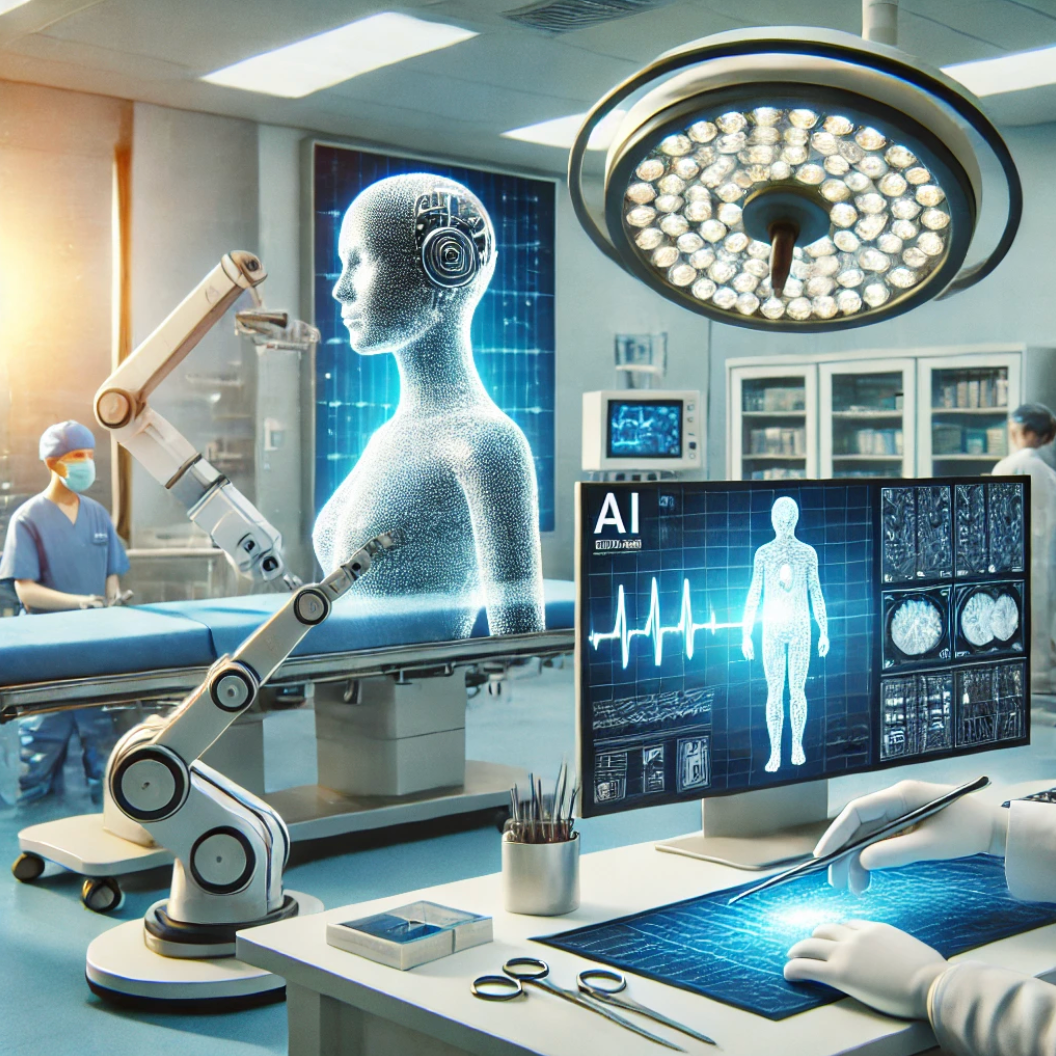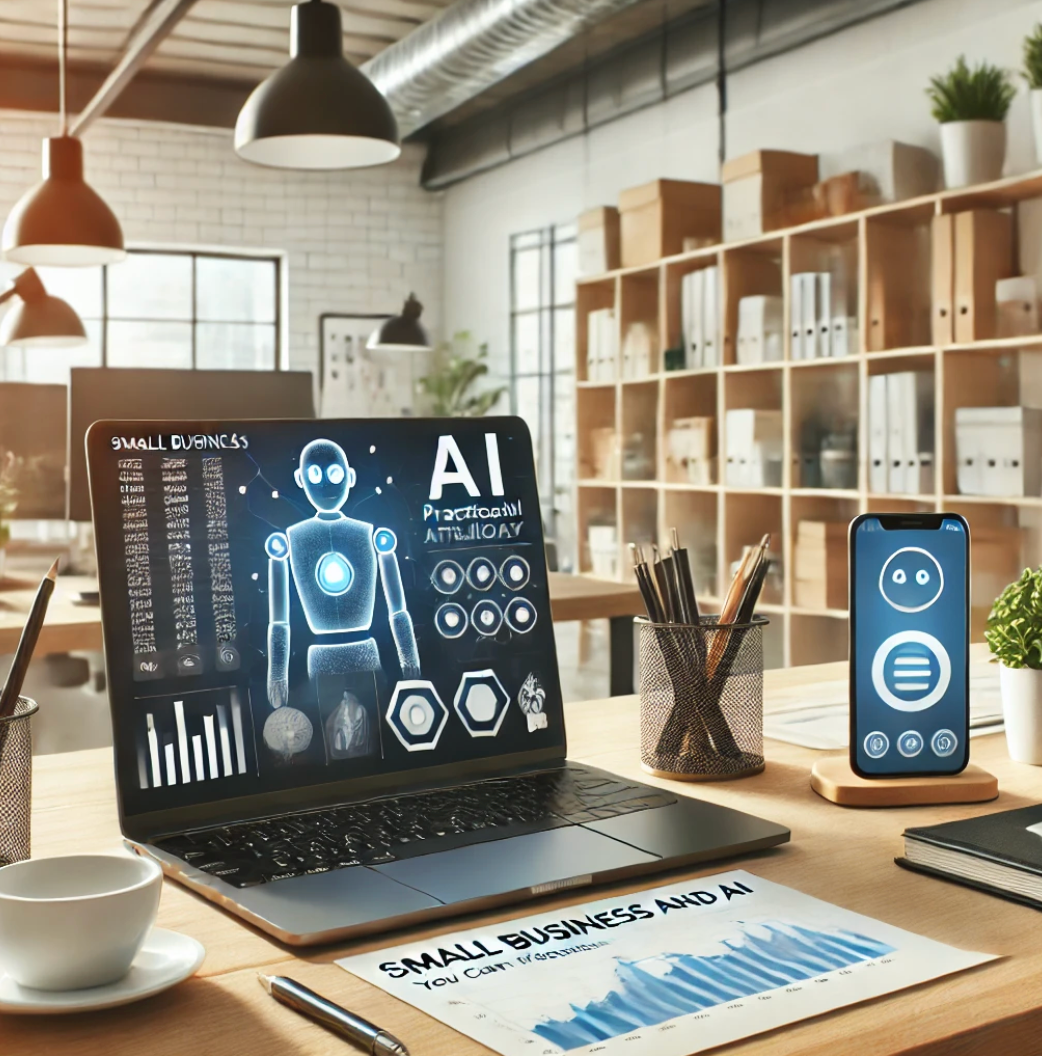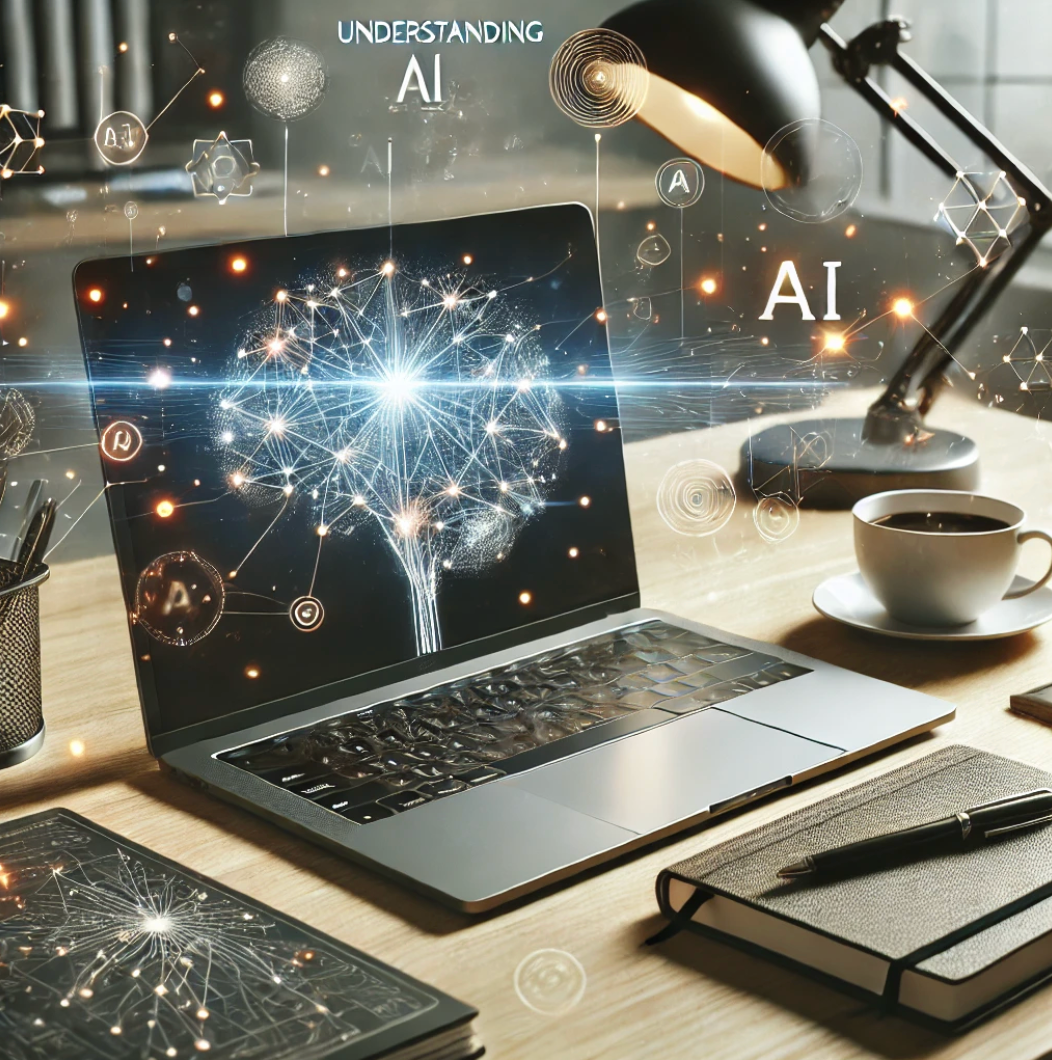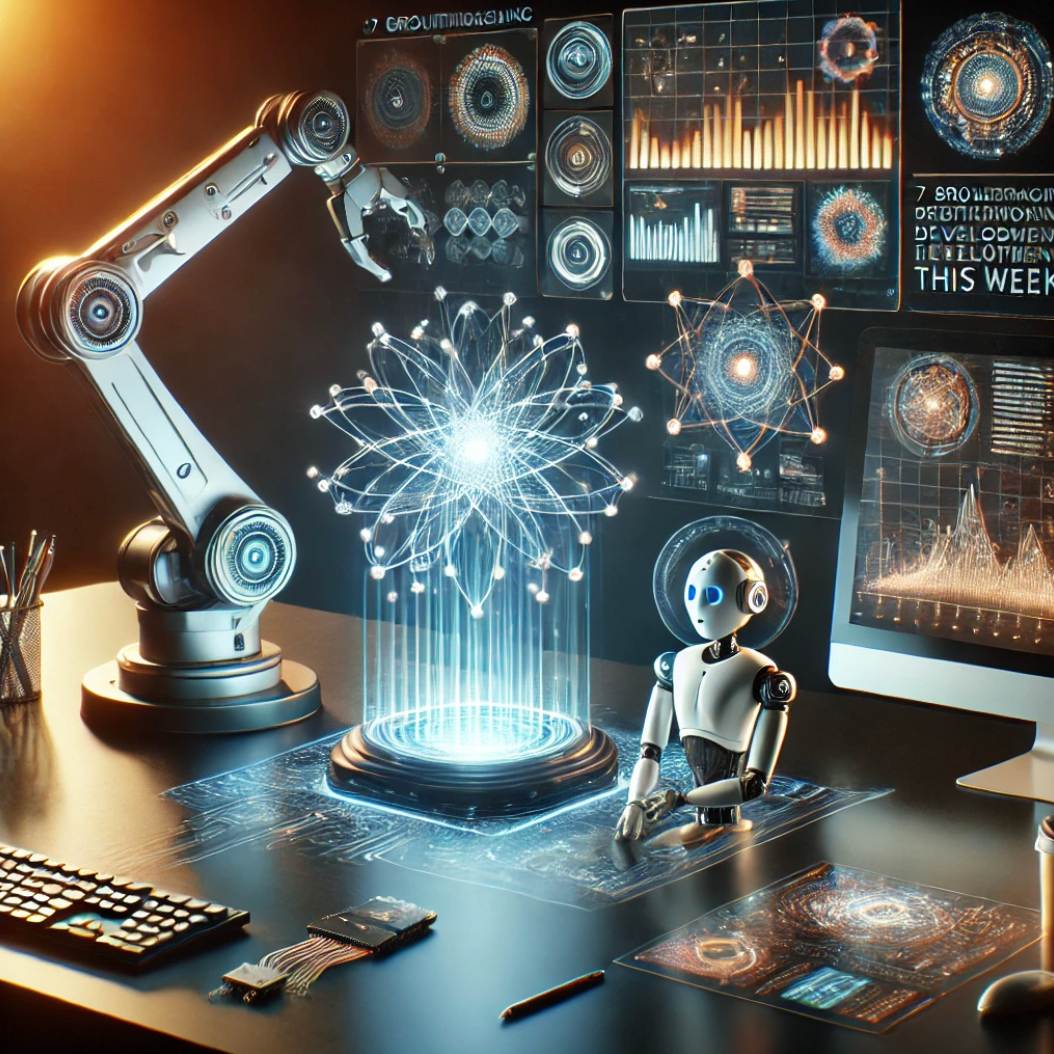AI and Climate Change
AI and Climate Change: A Sustainable Future
The escalating climate crisis demands bold solutions, and Artificial Intelligence (AI) is emerging as a game-changer in this critical battle. AI offers a powerful arsenal of tools that can address environmental challenges on a global scale. From meticulously modeling climate change to optimizing resource management and accelerating the development of green technologies, AI is revolutionizing how we approach sustainability. Let's delve deeper into the specific ways AI is being leveraged to combat climate change.
1. Climate Modeling with Unprecedented Precision: Predicting the Future, Shaping Our Actions
- Supercharged Simulations: AI algorithms are designed to analyze massive datasets, and climate change is no exception. These algorithms can process vast amounts of climate data, including historical weather patterns, atmospheric conditions from ground-based sensors and satellites, and ocean temperatures. This allows for the creation of highly sophisticated climate models that predict future climate changes with a level of accuracy previously unimaginable.
- Identifying Trends and Tipping Points: Proactive Measures for a Changing World By analyzing complex data patterns and identifying correlations, AI can pinpoint emerging trends and potential tipping points in our climate system. For example, AI can detect subtle shifts in ocean currents or atmospheric CO2 concentrations that might indicate an impending change with significant environmental consequences. This foresight allows policymakers and environmental scientists to take proactive measures to mitigate the worst effects of climate change, implementing preventative strategies before reaching critical tipping points.
- Refining Renewable Energy Integration: A Stable Grid Powered by Renewables Integrating renewable energy sources like solar and wind power into the electricity grid presents challenges due to their fluctuating nature. AI can play a crucial role in optimizing this integration. By predicting weather patterns and energy demands with high accuracy, AI can ensure a stable and reliable energy supply. Imagine a system that can anticipate a drop in wind power generation due to a passing weather front and automatically compensate by drawing from other sources on the grid, such as hydroelectric dams.
2. Resource Management: Optimizing for a Sustainable Future
- Precision Agriculture: Growing More with Less The agricultural sector is a significant contributor to environmental issues like water pollution and greenhouse gas emissions. AI-powered systems can revolutionize agriculture by analyzing soil conditions, crop health, and weather data in real-time. This allows farmers to make informed decisions about fertilizer and water usage, optimizing resource allocation and minimizing waste. Imagine a system that can create a customized fertilization plan for each section of a field, taking into account soil composition, crop type, and predicted weather patterns. This level of precision can significantly reduce fertilizer runoff, a major source of water pollution, while ensuring optimal crop yields.
- Smart Grid Management: Powering Our Lives Efficiently The traditional electricity grid suffers from inefficiencies that lead to energy waste. AI can be used to optimize energy distribution within power grids. By predicting energy demands in different regions based on factors like weather and time of day, AI can intelligently route electricity based on real-time data. This reduces energy waste from unnecessary transmission losses and ensures that power is delivered to areas where it's most needed.
- Waste Reduction and Recycling: A Circular Economy Takes Shape The current linear "take-make-dispose" economic model is unsustainable. AI-powered sorting systems can significantly improve recycling efficiency. These systems use advanced image recognition and machine learning to identify and separate different types of recyclable materials with remarkable accuracy. This not only reduces the amount of waste going to landfills but also helps create a circular economy where recycled materials are effectively reintroduced into the production cycle.
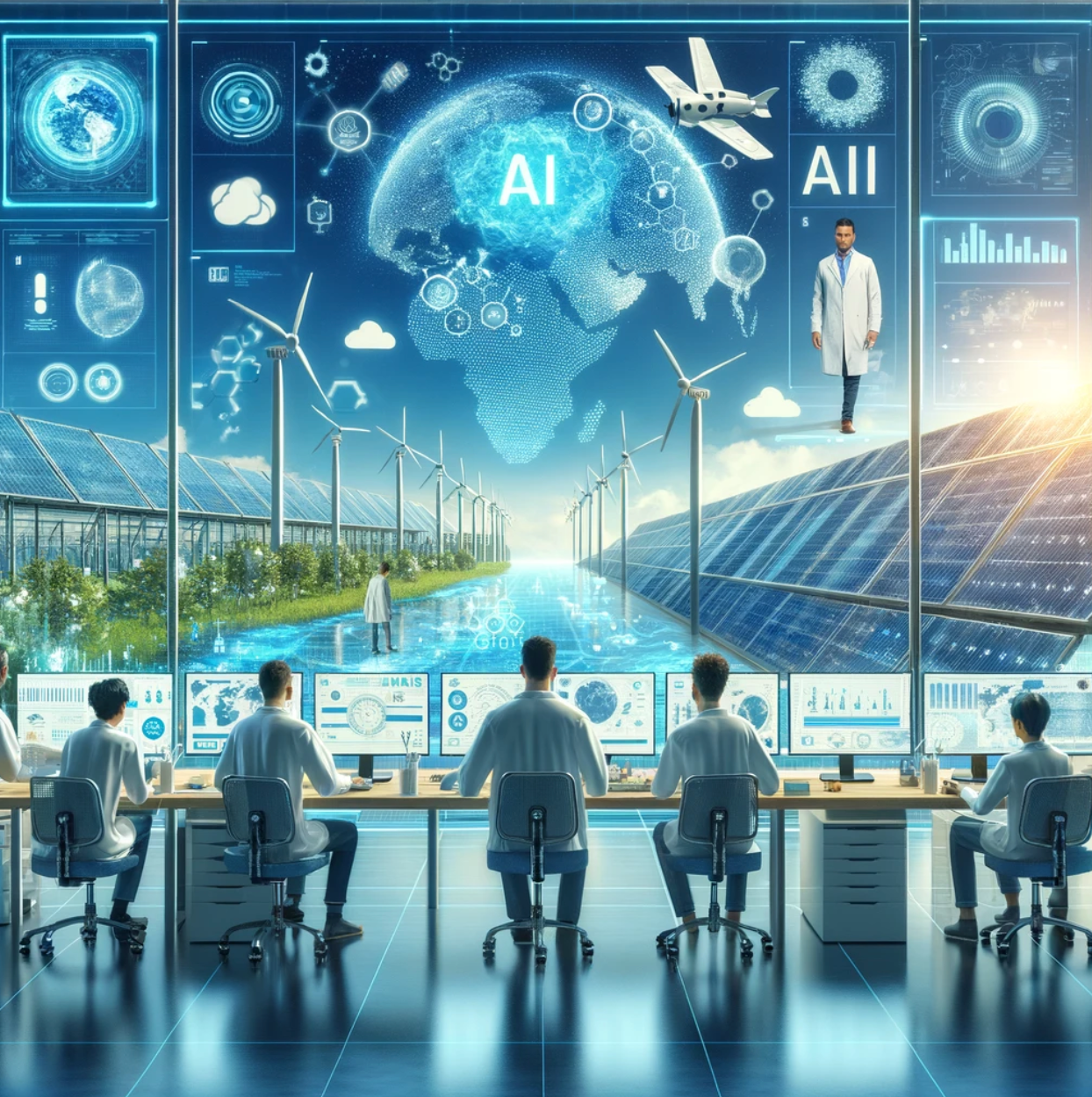
3. Green Technology Development: Accelerating Innovation for a Clean Energy Future
· Material Science Advancements: Designing Materials for a Sustainable World Developing new materials with superior properties is crucial for advancing clean energy technologies. AI can be used to discover and develop new materials with properties specifically tailored for clean energy applications. For example, AI can be used to design more efficient solar panels that convert sunlight into electricity with greater efficiency, lighter and more powerful electric vehicle batteries that extend driving range, and more effective carbon capture technologies that can remove greenhouse gases from the atmosphere.
· Optimizing Renewable Energy Systems: Getting the Most Out of Clean Energy Sources Renewable energy sources like wind turbines and solar farms have the potential to provide clean and sustainable energy, but they can be further optimized for efficiency. AI can be used to optimize the design and operation of these systems. Imagine AI algorithms analyzing wind data to determine the optimal placement of wind turbines for maximum power generation or using AI to predict cloud cover patterns and adjust the angle of solar panels to capture the most sunlight throughout the day. These optimizations can lead to increased efficiency, lower costs, and a faster transition towards a clean energy future.
· Climate-Friendly Infrastructure Planning: Building Resilience in a Changing Climate The effects of climate change, such as rising sea levels and more extreme weather events,
pose significant challenges to infrastructure. AI can be used to design and plan climate-resilient infrastructure, such as seawalls, flood control systems, and even buildings. By modeling potential climate impacts, such as storm surge height or flood inundation zones, AI can help us build infrastructure that can withstand the challenges of a changing climate. Imagine AI-powered simulations that predict the impact of rising sea levels on coastal communities and use this information to design effective seawalls and flood barriers.
The Road to a Sustainable Future: Stay Informed with Us
The potential of AI for tackling climate change is vast and constantly evolving. As AI technology continues to develop, we can expect even more innovative solutions to emerge. However, AI is just a tool, and its effectiveness depends on responsible development and implementation.
Our weekly newsletter keeps you informed about the latest advancements in AI for sustainability while promoting responsible AI development.
Don't wait! Sign up for our newsletter today and join the movement towards a sustainable future. Together, with the power of AI responsibly harnessed, we can build a cleaner, greener world for generations to come.
Sign Up For Our Weekly Newsletter and Get Your FREE Ebook " AI For Everyone - Learn the Basics and Embrace the Future"

